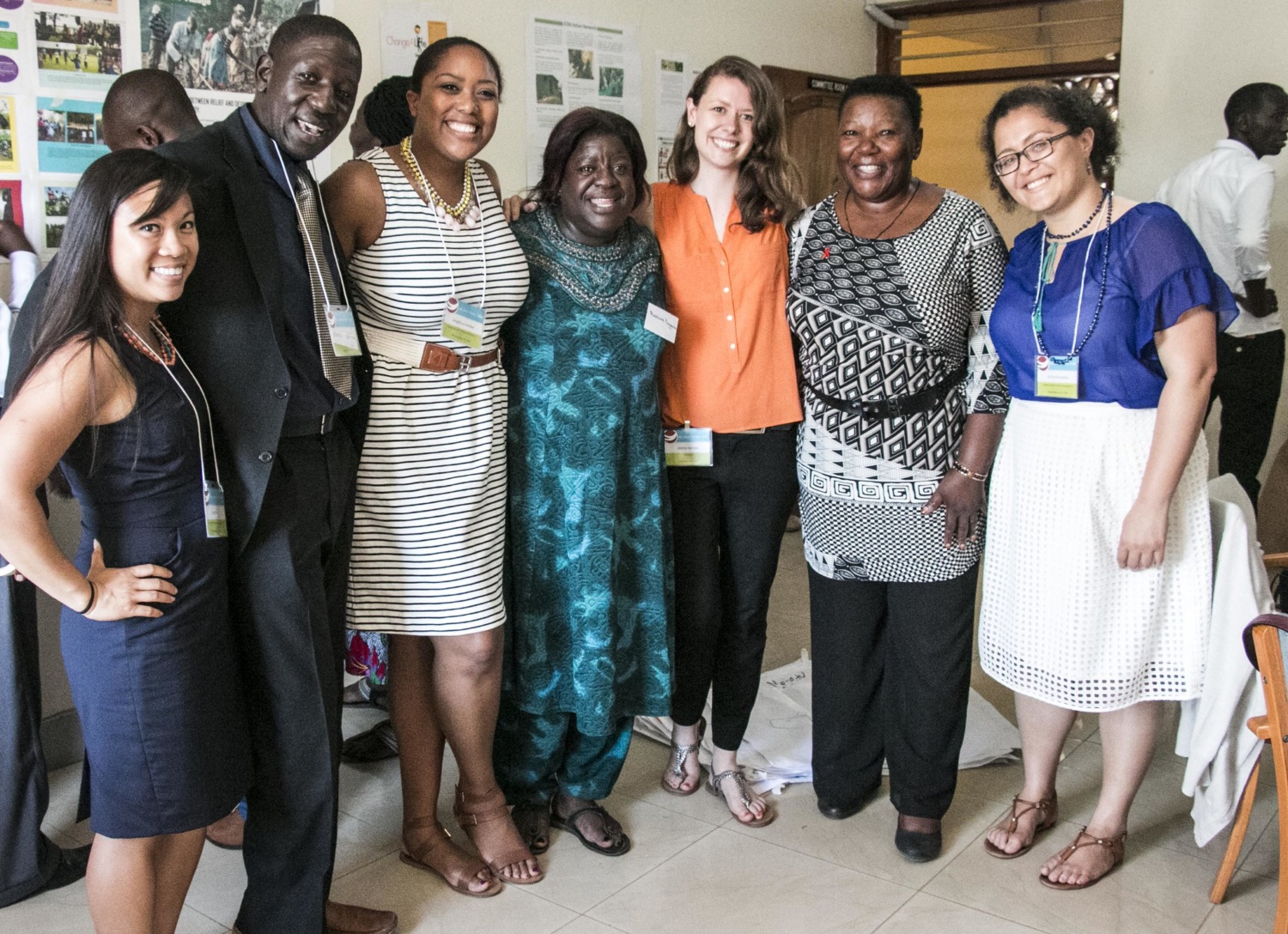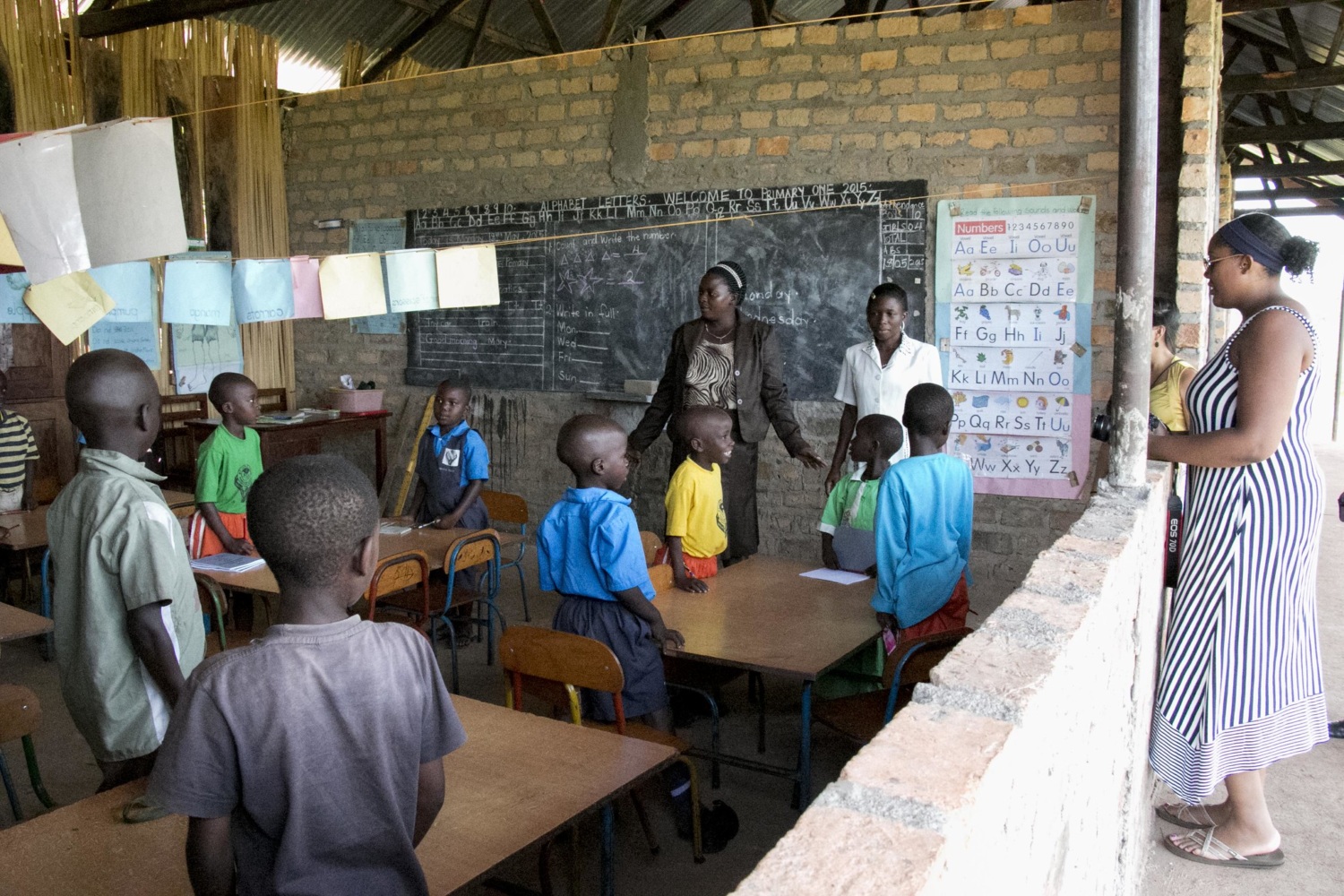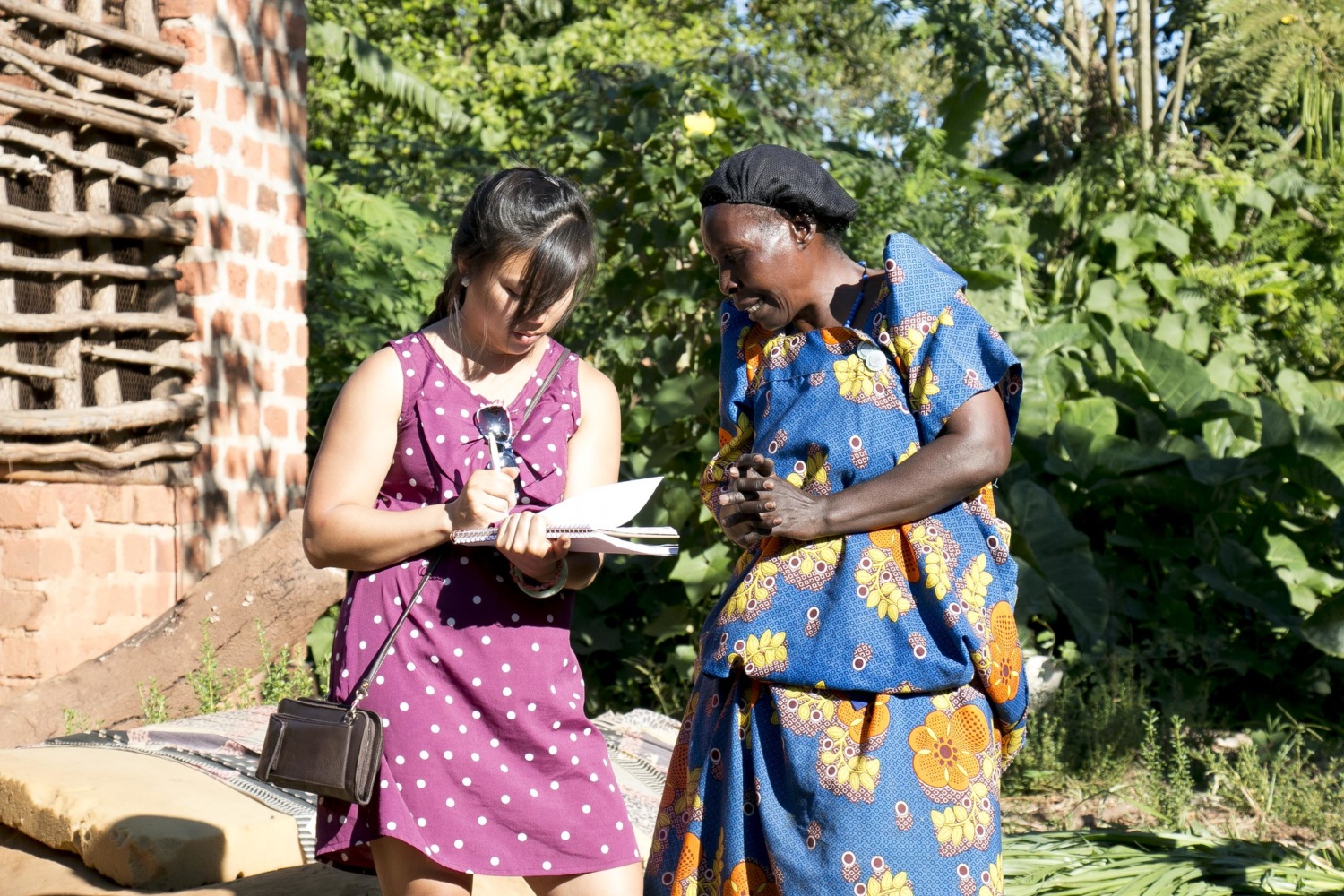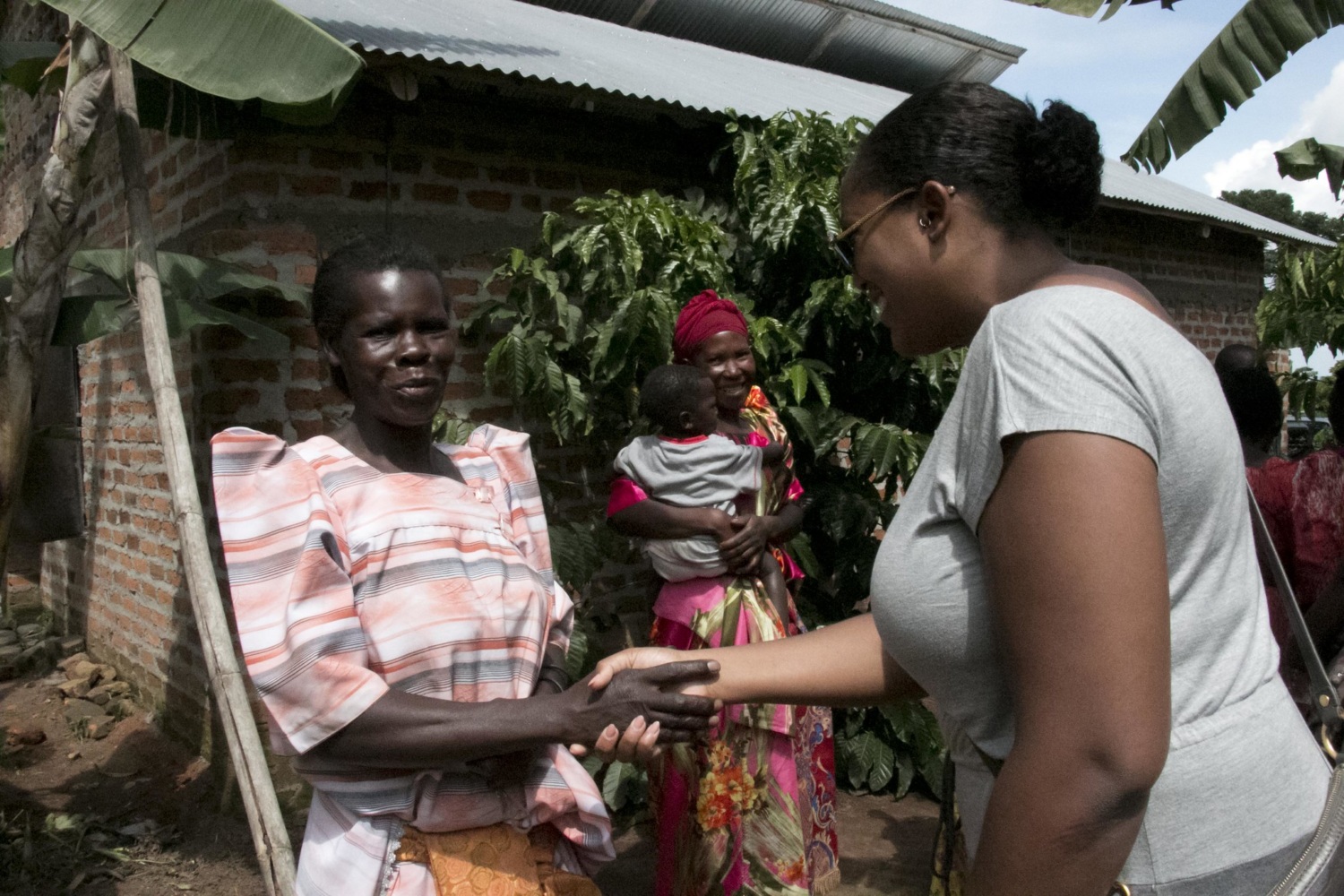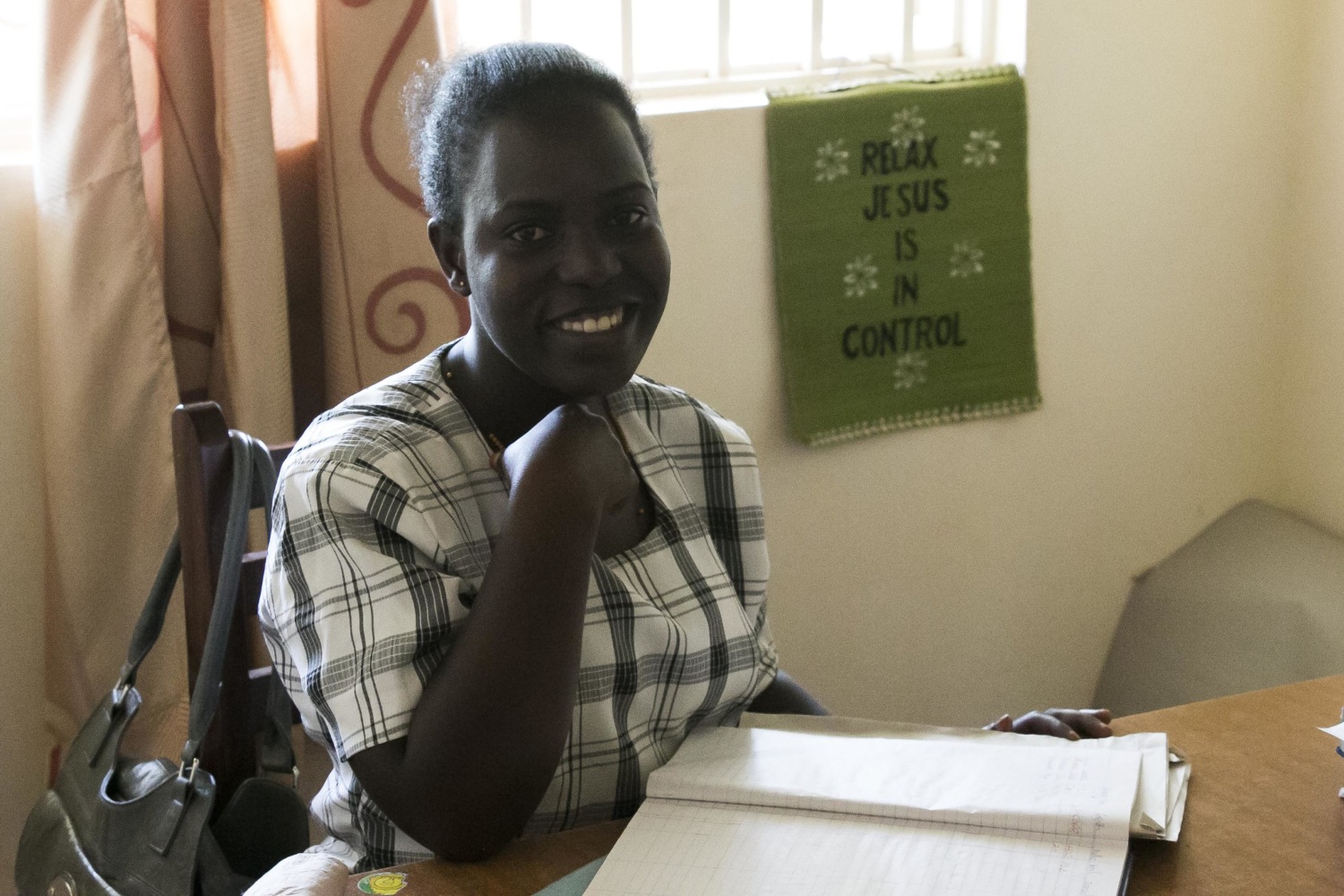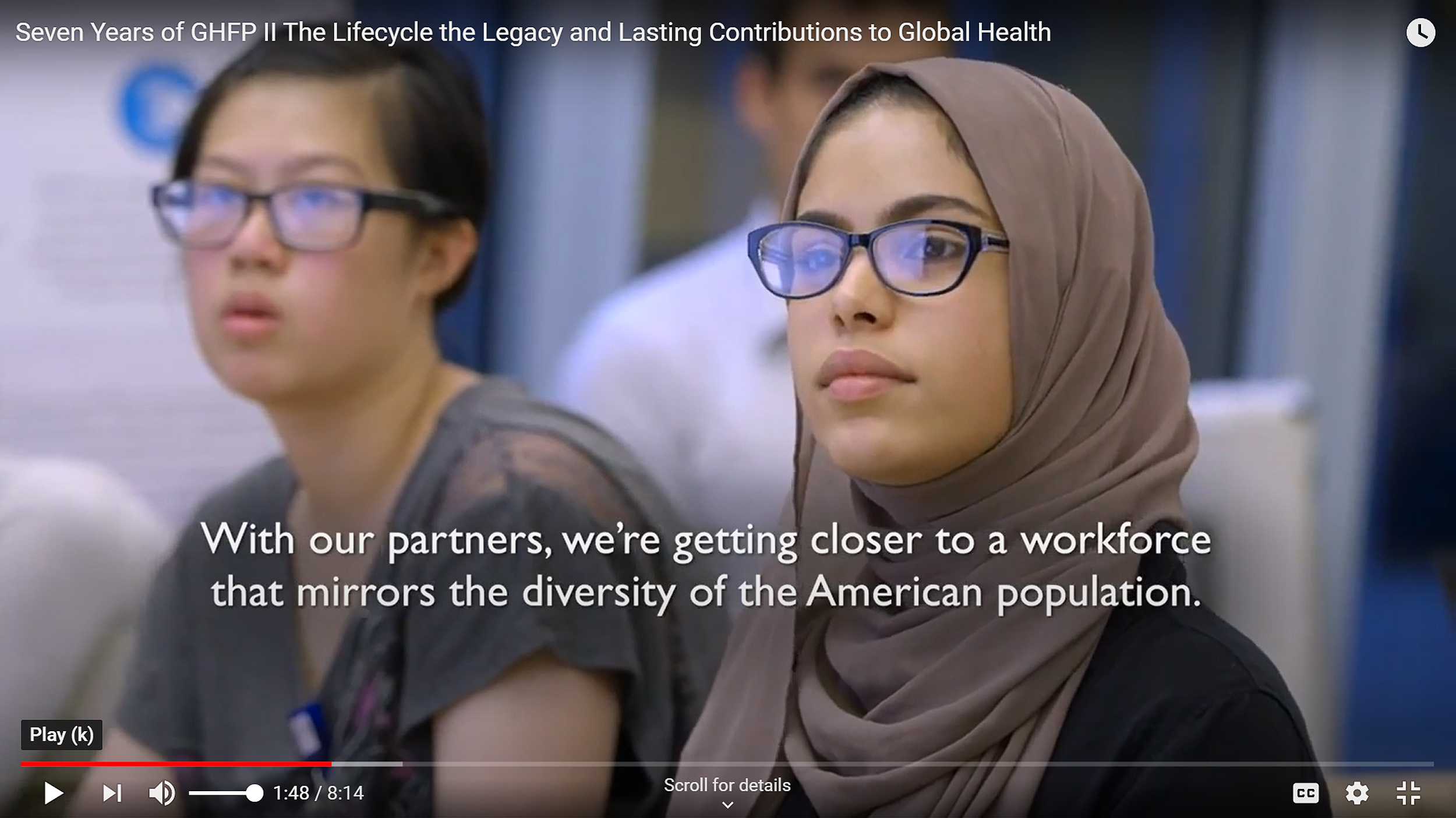Recruiting the Next Generation of Diverse Global Health Leaders
Highlights
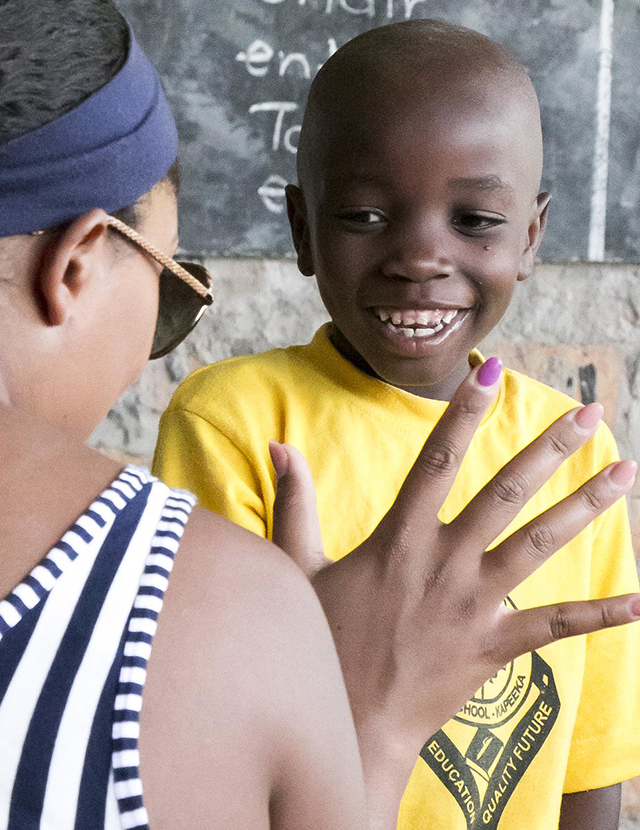
From 2011 to 2019, the Global Health Fellows Program II was the USAID Global Health Bureau’s premiere Fellowship program, helping to propel its efforts towards “improved quality and sustainability of health sector initiatives through program support and professional development,” using three integrated key results areas that nurtured diverse, technically excellent, and culturally competent global health professionals with unmatched expertise and resilience.
1.6K global health professionals recruited and supported
856 internships supported
36% increase in the ethnic diversity of the global health workforce through PHI fellowships
-
Focus Areas
Global Health -
Issues
Workforce Development
The US Agency for International Development (USAID) Bureau for Global Health focuses its work around three strategic priorities: preventing child and maternal deaths, controlling the HIV/AIDS epidemic, and combating infectious diseases. Over the 55 years of its work in global health, USAID has significantly contributed to improved health outcomes and millions of lives saved around the world. USAID’s commitment to facing these challenges head-on is reflected in its continued investment in programs like the Global Health Fellows Program (GHFP) II.
The Public Health Institute (PHI) in partnership with FACES for the Future Coalition, GlobeMed, Management Systems International and PYXERA Global, was awarded the program in September 2011. From 2011 to 2019, GHFP-II was the Global Health Bureau’s premiere Fellowship program, helping to propel its efforts towards “improved quality and sustainability of health sector initiatives through program support and professional development,” using three integrated key results areas that nurtured diverse, technically excellent, and culturally competent global health professionals with unmatched expertise and resilience.
For eight years GHFP-II operated under two key mandates: 1) Identify, retain and support diverse, talented global health professionals across all levels; and 2) Foster the next generation of diverse global health leaders.
Upon its close on June 30, 2019, GHFP-II was a resounding success for USAID. Highlights of its achievements in collaboration and partnership with the Agency include:
At the conclusion of its eight years, GHFP-II synthesized its lessons learned, achievements, and recommendations into a final report. Highlights of its most hard-fought achievements and wisdom include:
- Fellowships are a delicate balance of learning and working. Fellows were often fully engaged in the work and sometimes neglected their professional development activities and fellowship requirements. GHFP-II learned to reinforce the expectation and value of professional development as a key aspect of the fellowship experience. Through participant and on-site manager orientation programs the program learning to streamline the administrative burden of professional development by integrating activities tied to benchmarks for PHI employees and the work itself.
- Diversity is a systems issue. Make diversity a part of every conversation and every program team and subcontractor’s work, so that everything works together in a cohesive manner to foster inclusion. Pay attention to both recruitment and retention. GHFP-II learned the importance of identifying and encouraging diversity champions throughout the Agency who could support program activities. Many volunteered for special mentoring activities and spoke for the program, which enhanced and enriched the program’s ability to deliver.
- Create a space for academia, donors, and global health employers to mutually influence each other’s thinking. Academia can and should prepare their graduates for what the work actually is, but donors set realistic technical agendas, and global health employers need to address their own biases regarding the United States domestic health professional workforce.
To learn more about our work, watch the End of Project video.
Work With Us
You change the world. We do the rest. Explore fiscal sponsorship at PHI.
Support Us
Together, we can accelerate our response to public health’s most critical issues.
Find Employment
Begin your career at the Public Health Institute.
